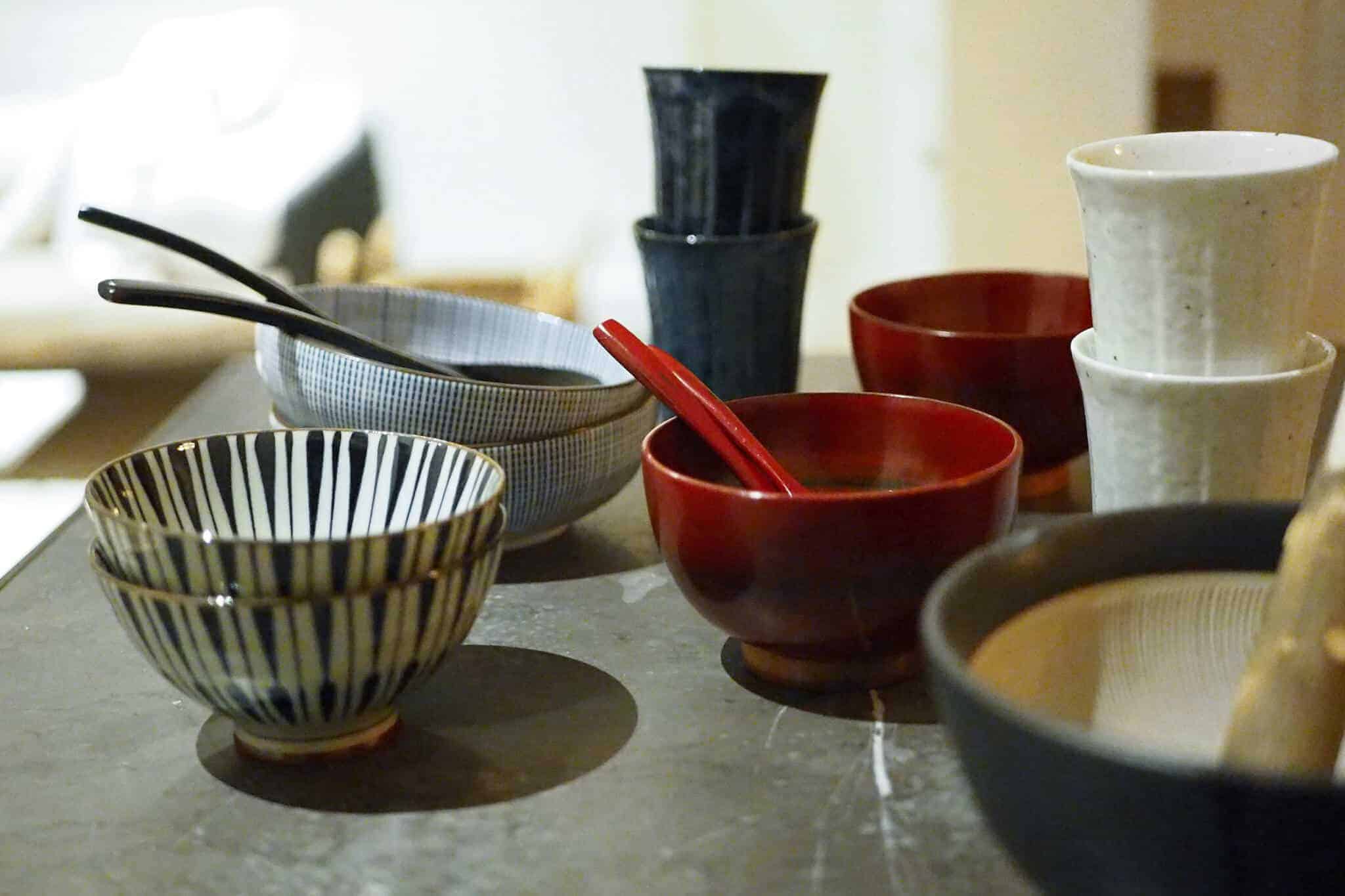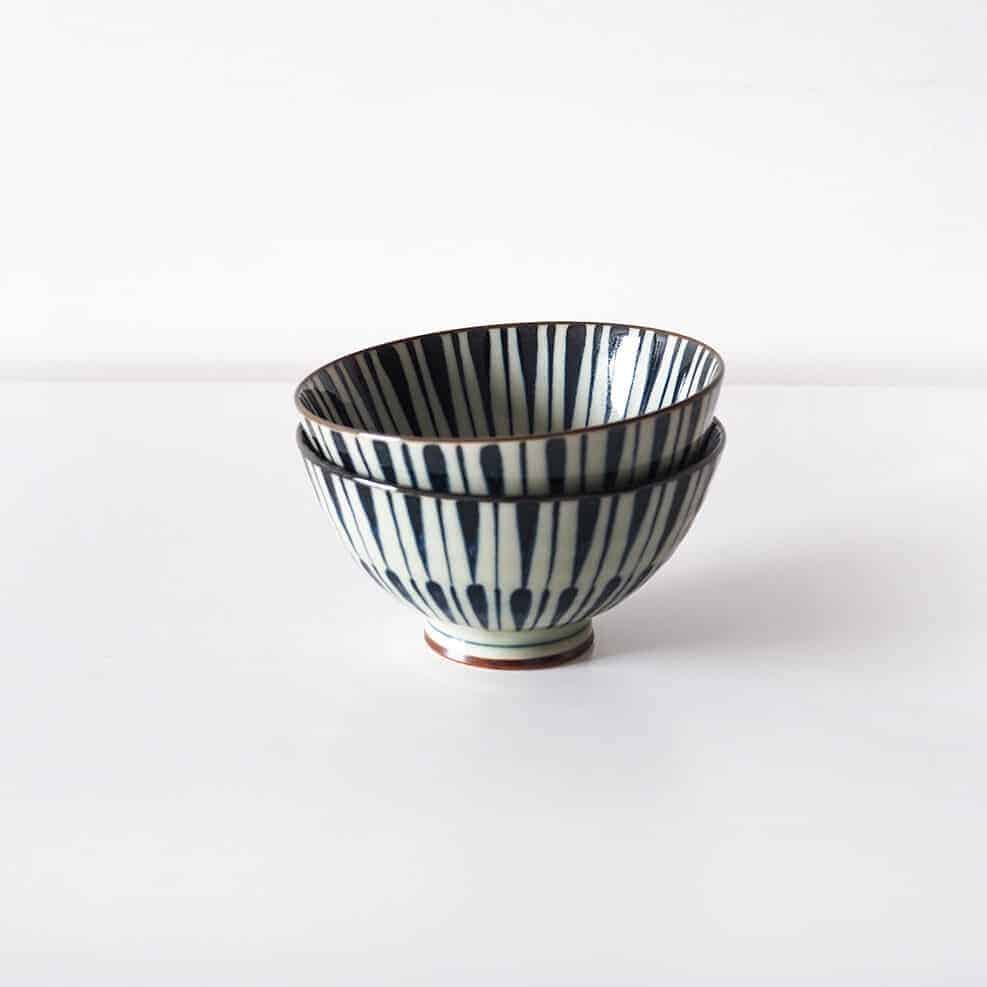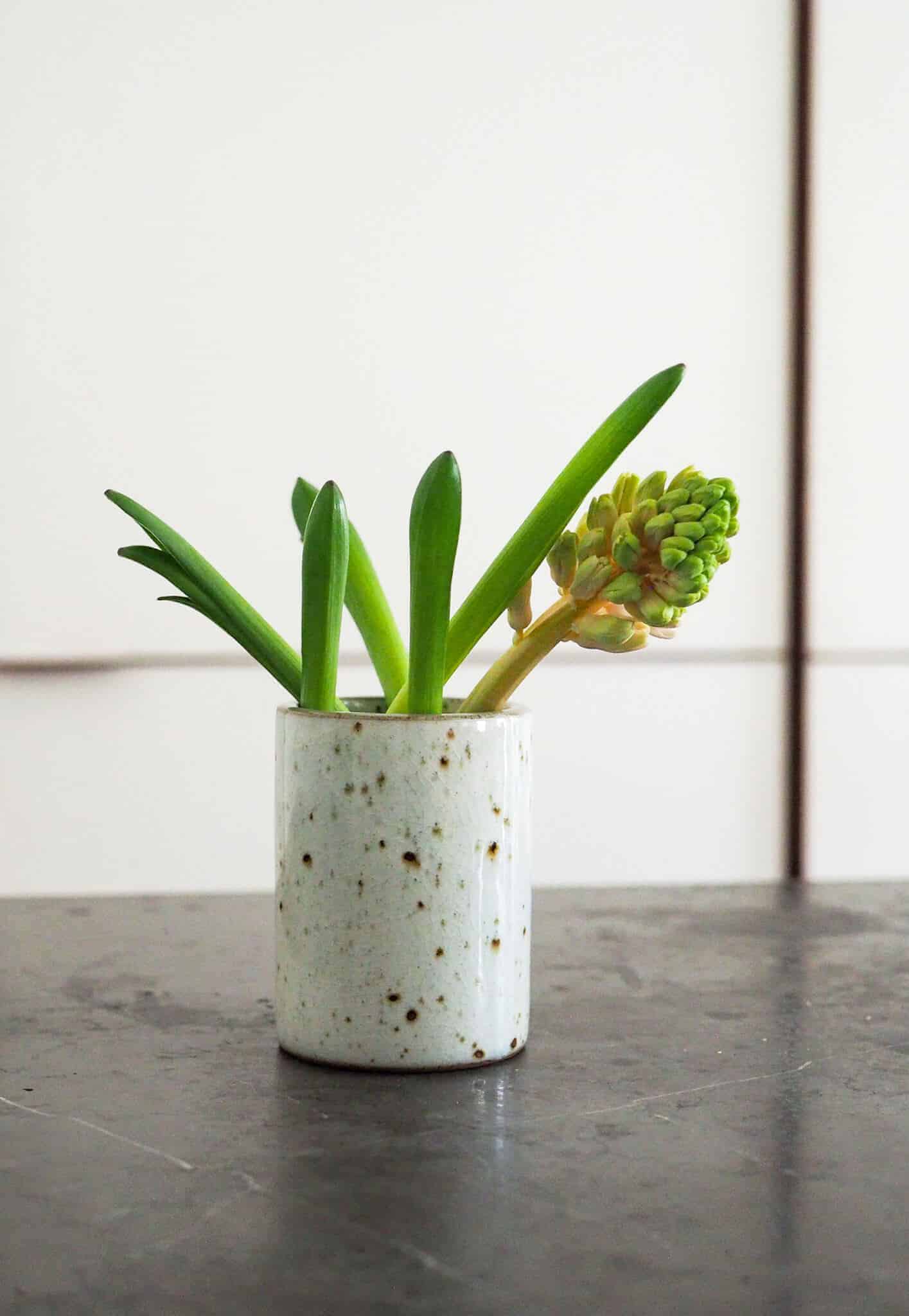I visited Japan last November for a friend’s wedding and fell in love with the places I visited. Before I arrived in Japan I was a little nervous about navigating the cities we planned to visit, how on earth would we find a way around?
The Japanese alphabet whilst beautiful is beyond my recognition, will people speak English? I found that my worries would be completely unfounded, shout out to Google Maps for saving us more than a few times.
I was really excited to see the landscapes of Japan and the ancient crafts it is known for such as ceramics and lacquerware. Kyoto, which was the capital of Japan until 1603. As the former capital, the city has an abundance of Buddhist and Shinto shrines and temples as well as, gardens and traditional wooden houses.



I found these ceramic cups in Kyoto and just loved the textures embedded into the solid colour. They are lovely to hold too, delicate but with a certain strength.

When you get out of the cities and visit rural Japan the air is so fresh and the landscape so lush with forests, streams and rivers. Water serves as a purifying ritual at Fushimi Inari Taisha, the famous shrine outside of Kyoto.
Worshippers cleanse their hands and mouth at basins (chōzubachi) filled with water using ladles, first the left hand, then the right hand and after washing out the mouth, the handle of the ladle should be washed.

The area of Kiyomizu-Gojo in Kyoto is well known for its ceramicists who collect vintage, traditional and modern pieces. I visited a few places owned by traders who are expert in ceramics and who have these amazing old rickety shops.



I was lucky enough to visit Japan at the right time to catch the red leaves of the Japanese Maple trees, just a stunning colour. Red is seen at many shrines and temples and of course on the flag.
I wanted to capture that and one of the most well-known examples of red craftwork is Japanese lacquerware. When I spotted these bowls and spoons in Kyoto I had to have them.



The traditional Japanese pestle and mortar are known as Suribachi and Surikogi. The bowl or Suribachi is glazed with a matt finish to the outside, the interior is unfinished pottery with a swirling texture which allows the surface to be perfect for grinding food. The Surikogi or pestle is made from hardwood in the traditional manner.
The ceramics of Kyoto are beautiful and I was lucky to find some beautiful pieces, I could spend forever searching for them. I was lucky enough to be able to bring some really great finds back to my shop.



Japanese Crackle Vase, £40


